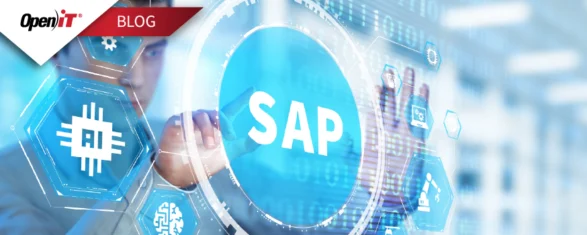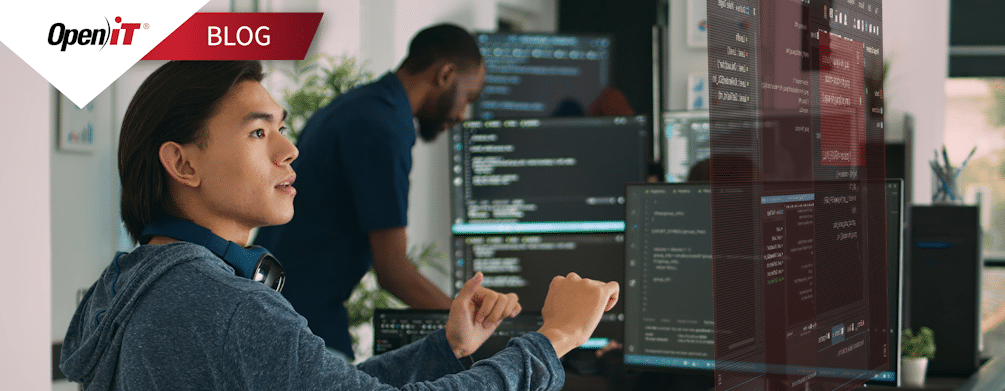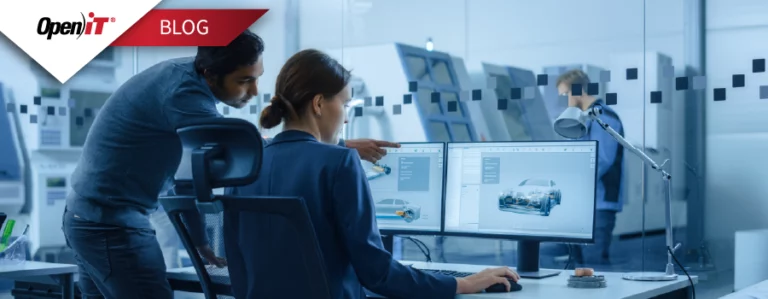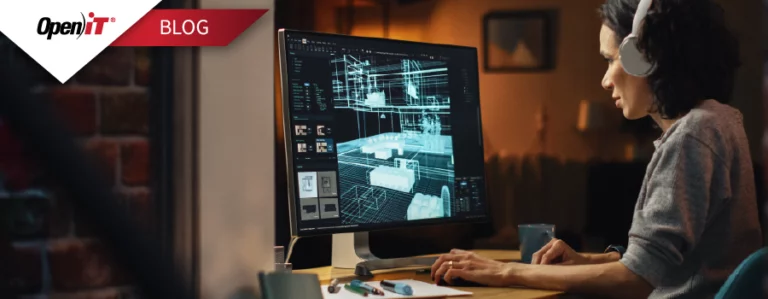Engineering and specialty software are crucial in driving the automotive industry forward. As digitization and new technologies revolutionize aspects from design and production to supply chains, the value of these advanced tools becomes increasingly evident. By adopting strategic license harvesting, automakers, OEMs, and suppliers alike can ensure unfettered access to these crucial tools. Maintaining consistent license availability not only wards off potential disruptions but also leads to notable cost savings and optimal resource allocation.
What is License Harvesting
License harvesting is a practice in software license management wherein unused or idle licenses are identified, reclaimed, and returned to the license pool, to be made available to other users.
As shown in the video below, harvesting software licenses is considered as a proactive approach to managing license usage. We used Ansys Mechanical in our example: Once the solution detects inactive usage, a notification is sent to the user. If the user does not respond on time, the license will be suspended and released back to the pool.
Software License Management Challenges in the Auto Sector
Software is a major IT expense for many organizations. Leading automotive companies rely on advanced software like Siemens NX, Dassault’s Catia, and others. Given their high cost, addressing license management challenges in the automotive sector is crucial, including:
Lack of Visibility into Software Portfolio. Automotive firms often struggle to gain a comprehensive overview of all software tools in use. This blinds them to inefficiencies and makes informed decision-making difficult.
Inefficient Software Resource Allocation. Licenses might not always be allocated where they’re most needed, leading to wastage and operational hiccups.
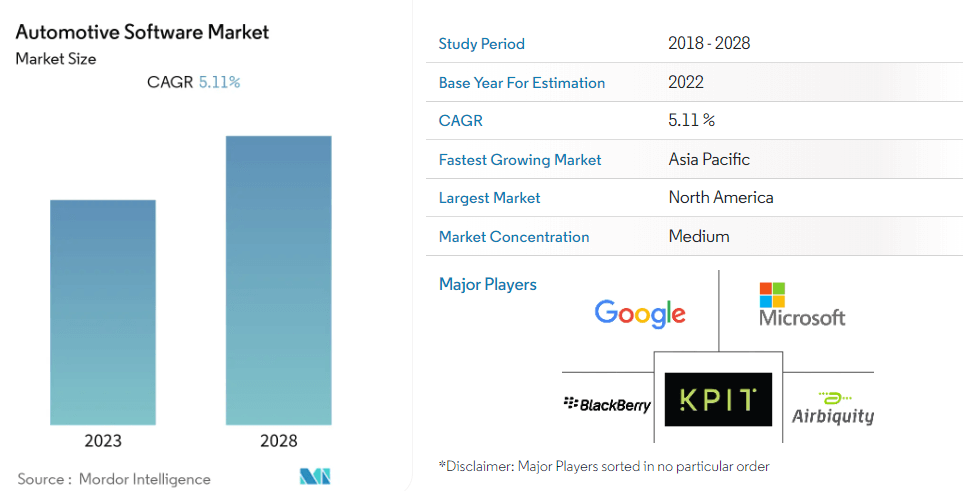
Automotive firms will increase their software spending from $10.7 billion in 2020 to a staggering $30 billion by 2026.
Underutilized and Unused Licenses. Licenses that sit idle represent unnecessary costs and indicate inefficiencies in license procurement and allocation. A common scenario exemplifying this is when a user, deeply involved in an Ansys Mechanical task, gets sidetracked by an unexpected call. What starts as a brief diversion can extend, causing the Ansys license to remain unused and unavailable to other users.
License Hogging. In organizations facing frequent license shortages, users may preemptively pull licenses to guarantee uninterrupted access when required. This behavior can lead to license denials for others, blocking their access and causing workflow disruptions.
If left unchecked, these challenges can have severe consequences:
Rising IT Expenses: Instead of these resources driving value and aiding in production, they sit idle, offering no return on the investment made in procuring them. Over time, these costs accumulate. According to Gartner, this trap of buying unused or underutilized software licenses can eat up as much as 25% of a company’s annual software budget.
Without adequate insight into license usage, companies risk over-procuring licenses and incurring unnecessary expenses. This not only means purchasing excess software licenses but also potentially paying for engineers who remain idle awaiting license availability. Additionally, funds might be wasted on maintenance and support for underutilized software.
Dwindling Productivity: When employees lack timely access to essential tools or cannot use them efficiently, overall productivity suffers. This doesn’t just result in immediate lost time; it creates a domino effect throughout the production process. Delays in one area can cascade to others, potentially causing missed deadlines, escalating costs, and reduced overall productivity.
Effective software license management offers a solution, ensuring optimal use of engineering software licenses and preventing these pitfalls.
Your License Harvesting Strategy
Determine the most essential licenses: The decision to monitor and harvest software licenses should be based on the application’s importance to the business. Start with a key product as a test case for the harvesting procedure. Once its efficacy is established, integrate other pivotal applications into the process.
Revise your software policies. You now need to revise your software policy or policies, to state explicitly that harvesting software licenses is practiced by the company, preferably with an annexure that specifically states which software will be harvested and what the rules are, so that the annexure can be updated periodically. At the same time, set up a project to educate users on the impending implementation.
Emphasize the benefits of license harvesting. Many users will be unaware of the financial and productivity costs that are being incurred, although they will know the frustrations of license denials. Put a positive spin on why harvesting is being introduced, rather than making it seem like a punitive action.
Set some cost-saving and productivity targets and make sure that they are visible and updated as actual savings are achieved. For instance, the number of denials should decrease, and this can be illustrated via a graph.
Harvest Software Licenses with the Open iT
License harvesting is essential to an effective software license management approach. Leading providers, such as Open iT, integrate automated license harvesting in their top-tier packages solutions. The direct benefits this feature offers to the automotive sector include:

Identify the most business-critical applications. With granular license visibility, automotive companies can pinpoint which software tools are used most frequently and are essential to their operations. For instance, if a specific design software is accessed by engineers daily, while another is rarely used, it becomes clear which one is more critical to the business.
Investing in the right tools. Once firms know which applications are business-critical, they can allocate resources more efficiently. If a rarely used software has an upcoming renewal fee, the firm might decide to forgo that renewal and instead invest more in the essential tools that employees rely on daily. This not only saves money but also ensures that employees have the best tools available for their specific tasks.
Eliminate productivity bottlenecks. Although the design and production process vary from one company to another, up to the last minute when the final prototype has been produced, each second counts. Therefore, it is important to ensure that any delay areas are addressed swiftly, starting with the availability of licenses to critical CAD, CAE, or CAM applications. By releasing idle licenses back to the license pool for others to use, you can enhance the continuity of work in your organization.
Reduce unwanted costs due to idle licenses. License harvesting can help you reduce expenses by eliminating unused applications and by removing or reassigning underutilized licenses. Open iT’s automated license harvesting functionality helps optimize license utilization, allowing for organizations to derive much value. Access to licenses is improved, which enhances employees’ productivity and output. This prevents delays and accelerates time to value, enabling organizations achieve success from their license portfolios.
Optimize your software asset ROI by ensuring active use of your acquired applications. Open iT equips you with the essential tools and expert guidance for efficient license harvesting. Benefit from customized reporting that filters out the noise, offering clear insights and maximizing your software license value. Enhance and extract the fullest potential from your software license inventory.
Get in touch and explore how Open iT can assist you.

